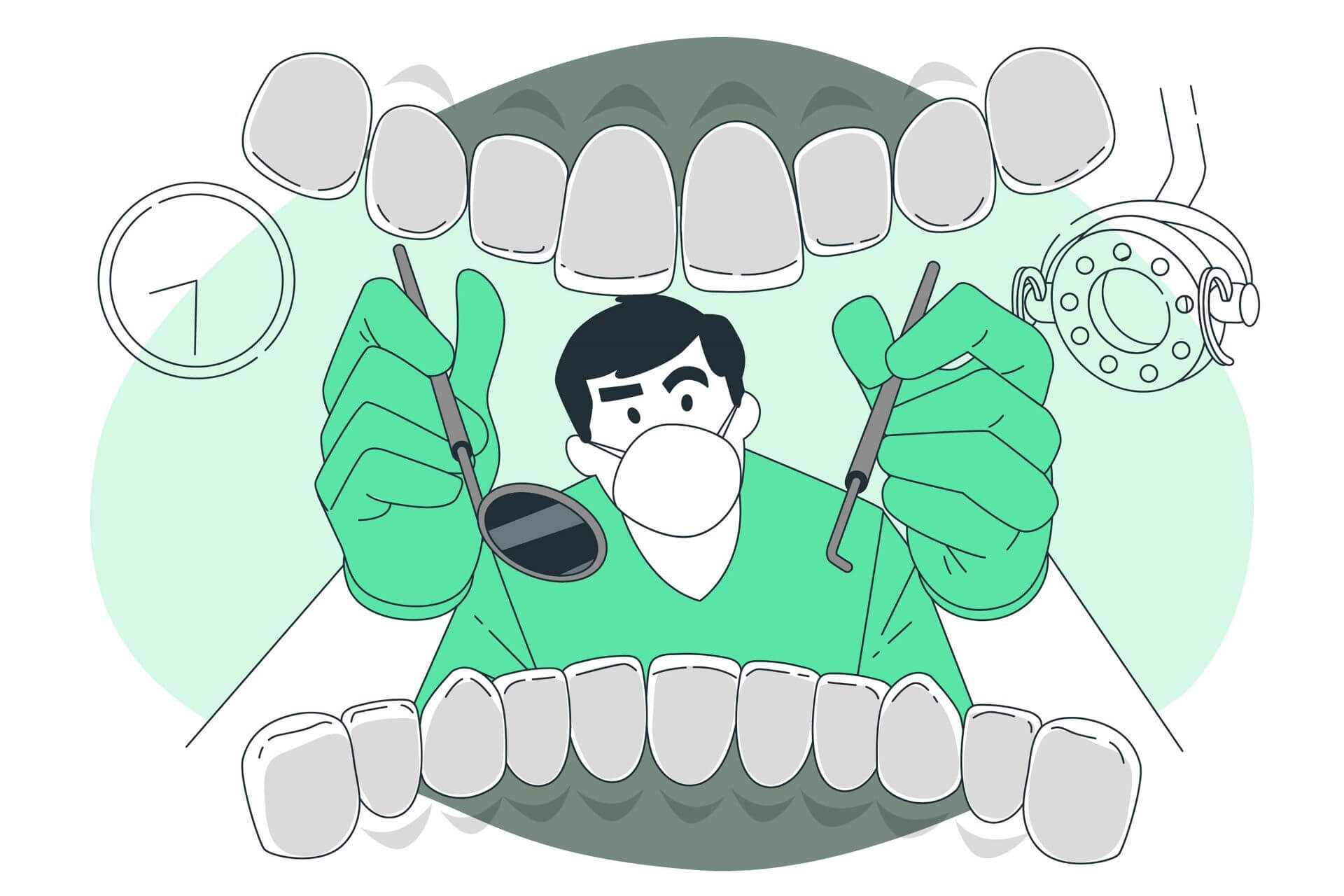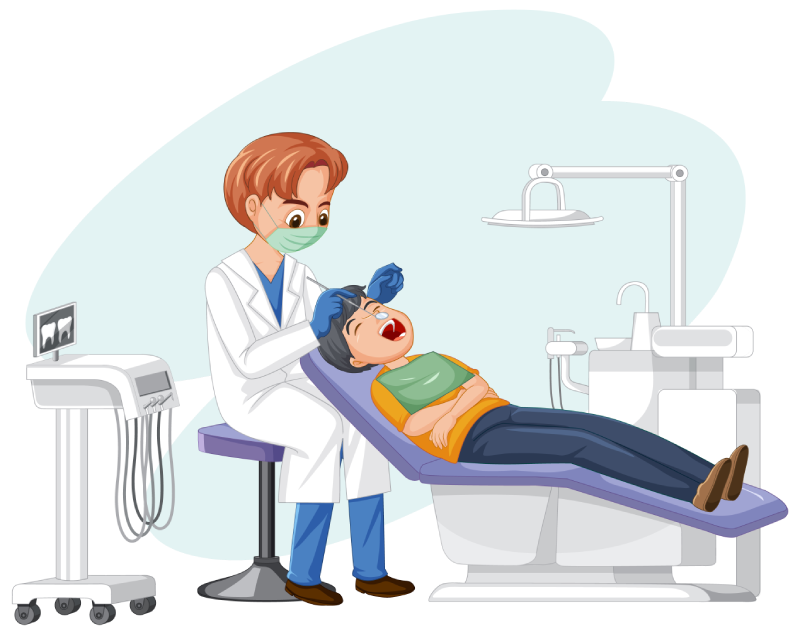- 214-308-5359
- Mon – Fri: 9:00 AM – 5:00 PM
- 5444 FM 423 Ste 600, Frisco, TX 75036
A toothache is discomfort that develops around the tooth when the nerve in the tooth’s root or another tooth adjacent becomes irritated. Toothache symptoms almost often signal that there is a problem with the teeth or gums. If you have a terrible toothache, you should see a dentist since it could be the consequence of dental or oral concerns that won’t go away on their own.

If the pain is intense or unbearable, an emergency dental clinic is required. Pain relief is an essential component of toothache treatment. Over-the-counter pain relievers such as aspirin, acetaminophen, and ibuprofen can be used to alleviate minor discomfort. To treat severe pain, benzocaine-based numbing gels might be utilized. Using mouthwash as you rinse your teeth may both clean and numb your teeth. Wrap an ice pack in a towel and place it on the afflicted side for acute pain. If none of these options work, look for a nearby emergency dentist. Looking for unbearable tooth pain relief, we can help you.
The following is a list of the most typical causes of tooth pain.
When you bite down, dental decay or cavities can cause moderate to severe pain. Root canal therapy is required if the dentist determines that the tooth decay has reached the tooth’s root.
An abscessed tooth is one that has an infection in the pulp chamber that has spread to the tooth’s root tip or the surrounding area. An abscess can form as an infection in the location of the extracted tooth after dental work.
If wisdom teeth are not extracted when they are mature, they cause terrible tooth pain.
Poor dental hygiene leads to plaque accumulation that makes gums swell and hurt as a result of periodontal disease.
Teeth that are shattered or knocked out result in tooth pain.
Toothache related to the Temporomandibular Joint can result from bad oral practices such as teeth grinding or bruxism (TMJ).
Here are several toothaches and what they mean.
The most common type of dental pain is dull, persistent soreness. Toothache can be caused by a dental abscess, food particles in the gums, or teeth grinding.
Teeth sensitivity to hot and cold is a common problem that is usually caused by worn-down enamel. Exposed roots, decaying teeth, old fillings, and gum disease aggravate tooth sensitivity.
A cavity or a breach in the enamel of the tooth causes sharp or jabbing discomfort. For serious tooth discomfort, a trip to the dentist is frequently required.
A fractured tooth or gum disease that has exposed the tooth’s nerves or base causes severe, throbbing agony. An emergency dentist is essential for this type of pain, especially if it has become painful.
A toothache’s primary symptom is pain in the tooth and mouth, however different types of pain might present in the following ways.
Medications are the most effective technique to alleviate tooth pain. A dentist will prescribe antibiotics if there is substantial face and mouth edema or a fever. A thorough cleaning may be required to remove the hazardous germs and plaque that have accumulated beneath the gum line. The type of therapy is decided by the underlying cause of the toothache.


You need to visit a dentist if you experience tooth pain for more than two days. Dr. Prakash Gadhiya at Highland Oak Dental is qualified to identify the source of the discomfort and assist in its treatment.
A full medical history and oral examination may be undertaken to identify a toothache. Panoramic and dental x-rays of the teeth and jaws are occasionally required.

At Highland Oak Dental, our vision is to establish a trusted dental practice renowned for exceptional care, rooted in quality, compassion, and a comprehensive approach.
Copyright 2024 © Highland Oak Dental. All rights reserved.